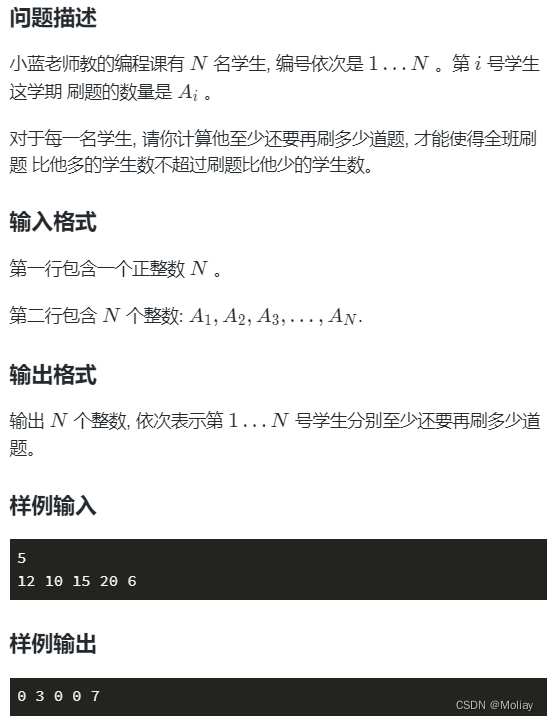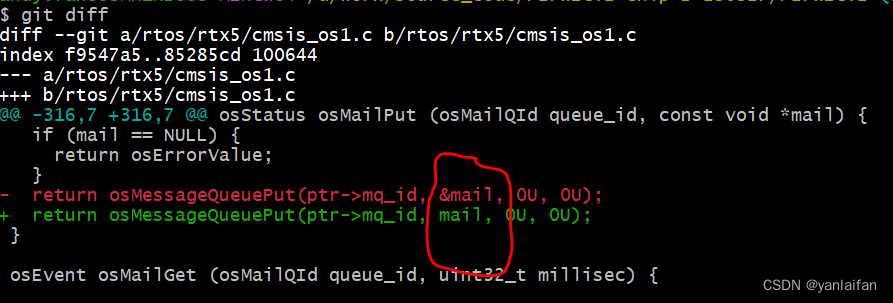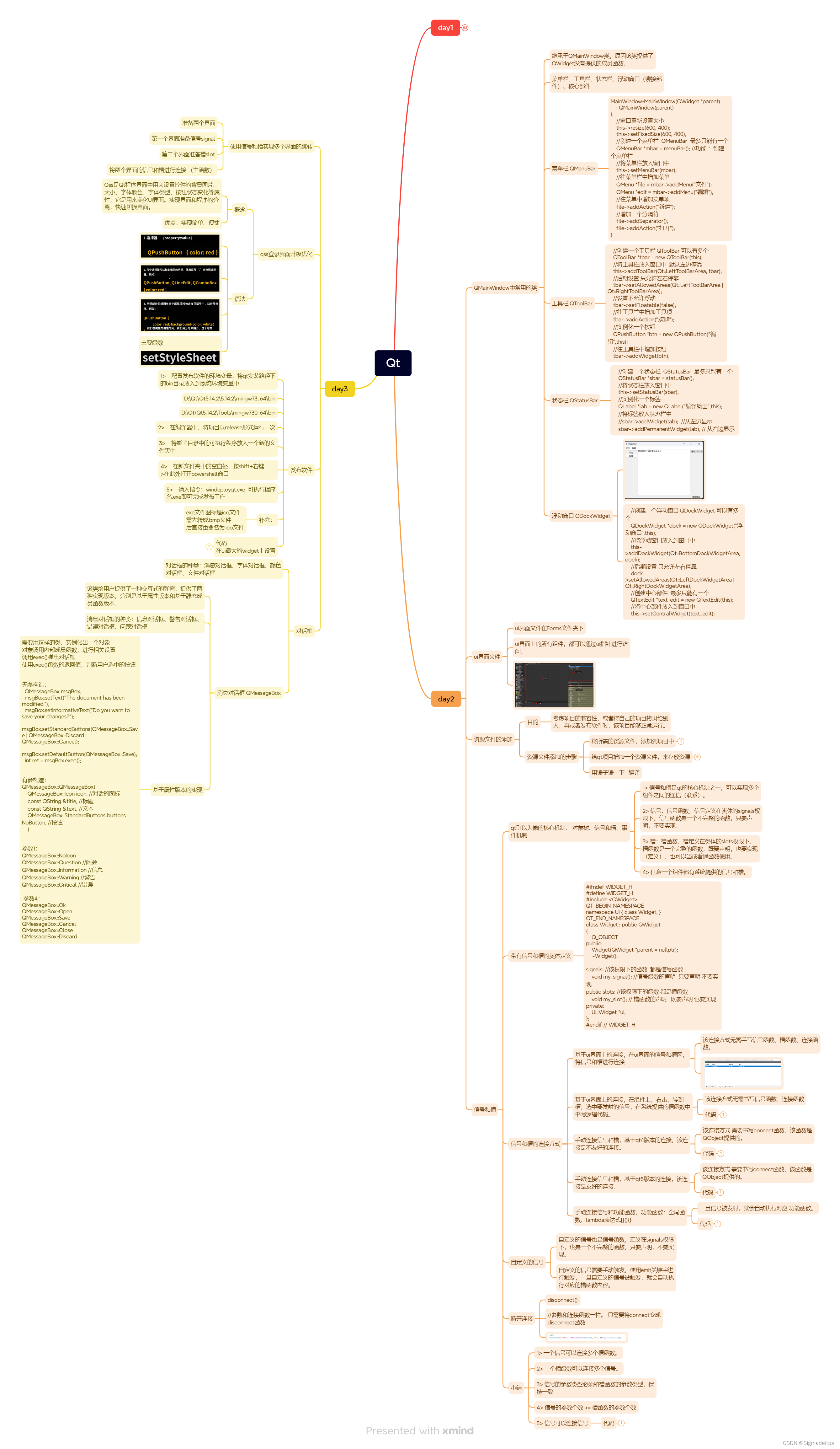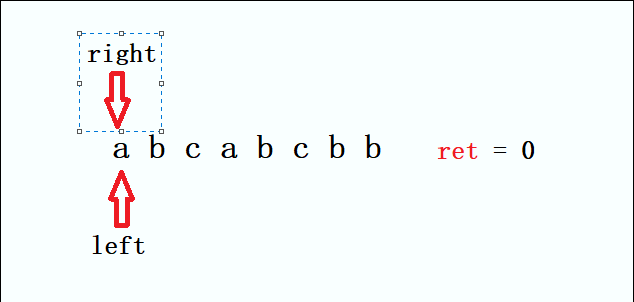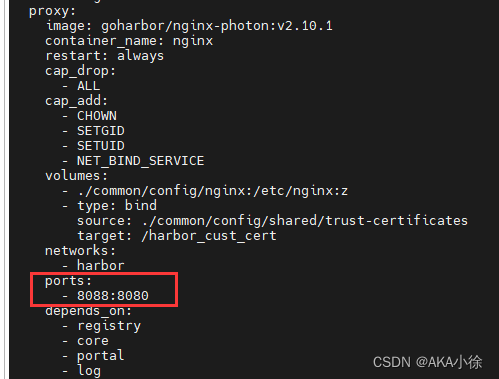一、栈
1.1栈的概念以及结构
栈:一种特殊的线性表,其只允许在固定的一端进行插入和删除元素操作。进行数据插入和删除操作的一端 称为栈顶,另一端称为栈底。
栈中的数据元素遵守后进先出LIFO(Last In First Out)的原则。
压栈:栈的插入操作叫做进栈/压栈/入栈,入数据在栈顶。
出栈:栈的删除操作叫做出栈。出数据也在栈顶。

1.2栈的实现
栈可以用顺序表或者链表进行实现,但是相对而言顺序表的优势较为大,以下是栈的实现方法,因比较简单所以读者可以自行阅读代码
Stack.h文件
#pragma once
#include <stdio.h>
#include <stdlib.h>
#include <assert.h>
#define datatype int
typedef struct stack
{
datatype* x;
int top;
int capacity;
}stack;
//初始化栈
void stackinit(stack* input);
//进栈
void stackpush(stack* input, datatype y);
//打印栈
void stackprint(stack* input);
//出栈
void stackpop(stack* input);
//检验是否为空
Stack.c文件
#include "stack.h"
//初始化栈
void stackinit(stack* input)
{
datatype* temp = (datatype*)malloc(sizeof(datatype) * 4);
if (temp == NULL)
{
perror("stackinit:");
}
input->x = temp;
input->capacity = sizeof(datatype) * 4;
input->top = 0;
}
//进栈
void stackpush(stack* input, datatype y)
{
if (input->top + 1 == input->capacity)
{
datatype* temp = realloc(input->x,(input->capacity) * 2);
input->capacity *= 2;
if (temp == NULL)
{
perror("stackpush:");
}
input->x = temp;
}
input->x[input->top] = y;
input->top++;
}
//打印栈
void stackprint(stack* input)
{
assert(input);
int i = input->top-1;
while (i >= 0)
{
printf("%d", input->x[i]);
i--;
}
printf("\n");
}
//出栈
void stackpop(stack* input)
{
assert(input);
input->top--;
}
test.c文件
#include "stack.h"
void test1()
{
stack A;
stackinit(&A);
stackpush(&A, 1);
stackpush(&A, 2);
stackpush(&A, 3);
stackpush(&A, 4);
stackpush(&A, 5);
stackprint(&A);
stackpop(&A);
stackpop(&A);
stackpop(&A);
stackprint(&A);
}
void main()
{
test1();
}二、队列
2.1队列的概念
队列:只允许在一端进行插入数据操作,在另一端进行删除数据操作的特殊线性表,队列具有先进先出 FIFO(First In First Out) 入队列:进行插入操作的一端称为队尾 出队列:进行删除操作的一端称为队头

2.2队列的实现
同样,队列也是一种很简单的数据结构,读者可以自行阅读代码
Queue.h文件
#pragma once
#include <stdio.h>
#include <stdlib.h>
#include <assert.h>
#define datatype int
typedef struct ListNode
{
datatype x;
struct ListNode* next;
}LN;
typedef struct Queue
{
LN* head;
LN* tail;
}Queue;
void Queueinit(Queue* input);
void Queuepush(Queue* input,datatype y);
void Queuepop(Queue* input);
void Queueprint(Queue* input);
int Queuesize(Queue* input);Queue.c文件
#include "Queue.h"
void Queueinit(Queue* input)
{
input->head = NULL;
input->tail = NULL;
}
void Queueprint(Queue* input)
{
assert(input);
assert(input->head);
LN* temp = input->head;
while (temp)
{
printf("%d ->", temp->x);
temp = temp->next;
}
printf("NULL\n");
}
void Queuepush(Queue* input, datatype y)
{
assert(input);
LN* temp1 = (LN*)malloc(sizeof(LN));
if (temp1 == NULL)
{
perror("Queuepush:");
}
temp1->x = y;
temp1->next = NULL;
if ((input->head==NULL) && (input->tail==NULL) )
{
input->head = input->tail = temp1;
return;
}
input->tail->next = temp1;
input->tail = input->tail->next;
}
void Queuepop(Queue* input)
{
assert(input);
assert(input->head);
if (input->head == input->tail)
{
free(input->head);
input->head = NULL;
input->tail = NULL;
return;
}
LN* temp = input->head->next;
free(input->head);
input->head = temp;
}
int Queuesize(Queue* input)
{
int count = 0;
LN* temp = input->head;
while (temp)
{
temp = temp->next;
count++;
}
return count;
}test.c文件
#include "Queue.h"
void test1()
{
Queue A;
Queueinit(&A);
Queuepush(&A, 1);
Queuepush(&A, 4);
Queuepush(&A, 3);
Queuepush(&A, 2);
Queueprint(&A);
Queuepop(&A);
Queuepop(&A);
Queuepop(&A);
Queuepop(&A);
Queuepush(&A, 2);
Queueprint(&A);
printf("%d",Queuesize(&A));
}
void main()
{
test1();
}
